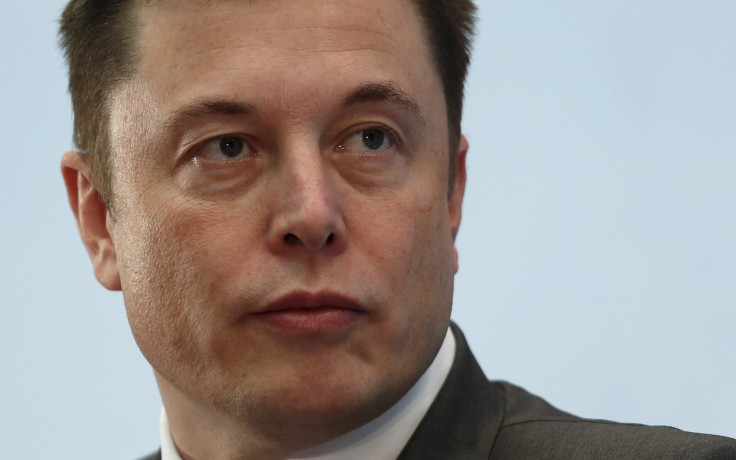Elon Musk Posts First SpaceX Raptor Engine Test-Fire Pictures Ahead Of Mars Mission Speech In Mexico

SpaceX founder Elon Musk took to Twitter early Monday morning to show off the latest teaser for his “Interplanetary Transport System” that could help take a space craft to Mars and beyond. Musk posted two photos of SpaceX’s Raptor engine thrusters during a test fire in Texas just a day before a highly anticipated speech about the space vehicle in Guadalajara, Mexico.
The photos show the powerful thrusters shooting perpendicular at the Macgregor facility. Subsequent tweets boasted that the engine can achieve a thrust of about 3 million Newtons in the upper atmosphere, a force that ArsTechnica noted is three times more powerful than the current SpaceX engine, Merlin 1-D. Nine of the Merlin engines are used to power SpaceX’s Falcon 9 rocket. The reported thrust of the Raptor also makes it slightly more powerful than a space shuttle’s main engine.
Monday's tests were one of the first significant milestones in the company’s quest to send a manned colonization mission to Mars.
Mach diamonds pic.twitter.com/TCX7ZGFnN0
— Elon Musk (@elonmusk) September 26, 2016
SpaceX propulsion just achieved first firing of the Raptor interplanetary transport engine pic.twitter.com/vRleyJvBkx
— Elon Musk (@elonmusk) September 26, 2016
The Raptor engines will be used to power SpaceX’s so-called BFR rocket (“Big F------ Rocket”), which will be bigger and more powerful than the Falcon 9. Musk is expected Tuesday to lay out more details than previously disclosed about the BFR, the Raptor engines and the Interplanetary Transport System spacecraft that was recently renamed from being the Mars Colonial Transporter after SpaceX realized it could go further than the red planet.
The title of Tuesday’s speech — “Making Humans a Multiplanetary Species” — makes it clear that Musk’s desire to get humans living on other planets is very much alive. Musk will deliver the speech during the 67th annual International Astronautical Congress, an event organized by the International Astronautical Federation, the International Academy of Astronauts and the International Institute of Space Law, among other groups that focus on space travel.
© Copyright IBTimes 2024. All rights reserved.












